Info
Adaptogenic Herbs of Ayurveda
Adaption, without this word, life doesn’t exist. Humans, animals, and plants have evolved to their modern potential. Here is a fascinating concept in the game, and plants have really helped us adapt to the changing circumstances and environments. Plants have helped us to cope and adjust to the stress in our lives. These types of plants are called adaptogens.
Ayurvedic medicine, known as the oldest healing method globally, has spent 5,000 years in developing harmony within the body to bring good health. In doing so, it has had great success in healing plants, and many plant species are being worshiped in the Vedic religion for their powerful life-giving powers. They have a unique ability to cure and prevent disease, such types of herbs are called “adaptogens” and are considered as one of the most celebrated one among plants.
Adaptogenic herbs and mushrooms not only nourish the body but also support optimal health. This will help you to thrive in your daily life. Adaptogens help you balance life stresses, supporting mood, energy levels, and overall immune functions.
Adaptogens can easily fit into your daily routine. You can consume them in the form of a convenient capsule or liquid juice while traveling, or mix them into your morning smoothie. You can also use them to make energy-boosting caffeine, or drink them as a nutritious night tea.
What Are Adaptogenic Herbs?

What are adaptogens? These plants have been used for thousands of years, if not millions of years but not until the middle of 20th century when a Russian scientist first proposed the word adaptogens. Today, an adaptogen can be defined as an agent:
Has a normalizing effect on a wide range of physical activities.
It has a specific function that helps the body cope with stress regardless of the direction of stress.
Adaptogens help to change the body’s reactions to stress, both internally and environmentally. There is a compelling fact about adaptogenic plants – they often live in stressful situations, and their adaptive strengths and abilities are what they give us. For example, Ashwagandha, a popular adaptogen in Ayurveda, is drought tolerant and grows in arid and poor soil conditions, in which most plants could suffer from severe stress.
How Do Adaptogens Work?
When ingesting an adaptogenic herb, the adaptogenic compounds in it directly focus the adrenal health and work to reduce the stress hormones level, preventing adrenal fatigue. Because stress hormones have the potential to cause significant damage to psychological and physical health. Adaptogens will rescue from conditions such as weight gain, heart disease, bone loss, diabetes and digestive problems.
Ever since Western medical science began to give credibility to the adaptogens value, it has tried to explain them using its methods. Unlike Ayurveda, Western medical science takes into account only the physical condition, rather than the mind-body basis by which adaptogenic herbal medicine operates.
Similarly, when trying to study a natural substance, the Western research method fails to read the substance in its entirety, instead of trying to isolate the components and work in a vacuum – as pharmaceutical companies studied in the 1940s and 1950s about these herbs in isolated forms of drugs.
In the hope of adding, they have spent millions of dollars to conduct random drug screenings on their different components. Many studies have completely failed due to the existing reduction in thinking in practice and clinical research.
Adaptogen Sciences
It is no exaggeration to say that humans have relied on plants, food, and medicine for thousands of years. From the very beginning, both Chinese medicine and Ayurveda relied on herbal medicines for healing and rejuvenation. However, in the West, much of the wisdom and effectiveness of plants is limited or downplayed by folk tales, indigenous communities, and countries outside the United States.
It is true research. Until recently, research on adaptogens was limited to Asian countries and received much interest from the West. Fortunately, we see this change when adaptogenic herbs are widely known and used around the world.
Western medical research studies are relatively short-lived when compared to thousands of years of rapid research recorded and conducted by ancient physicians. Natural health practitioners always criticize Western researchers because they do not provide the place where they have come from – the success of thousands of Ayurvedic research and experiments is predicting the fullness of nature.
The modern allopathic physicians may be humble enough to understand the limitations of their own methods, and certain features of the human body that do not function in a vacuum. By studying the isolation of humans and plants, it is not possible to accurately reflect the condition of man in its activity and complexity.
Ayurvedic Medicine and its History of Adaptogens

The word “Ayurveda” is derived from the Sanskrit word of Ayus. The meaning of ayus is life, and Veda means knowledge. It comes with a healing philosophy that around three ruling elements of the body, or tridoshas, when one is too much, throwing the body out of balance and creating disease. The doshas include Vata, which manages energy production and defense, tissue respiration, and related mechanisms; next one is pitta, which is related to enzymes, neurological systems and neurological hormones; And the final one is Kapha, which is related to water and electrolyte balance.
From the point of Ayurvedic medicine, adaptogenic herbs are potent herbs that help the body cope with stress and synchronize flaws. For this reason, they rely heavily on the use of herbal medicines.
Since Ayurvedic healing is the oldest of all medical sciences, it has largely influenced the development of other ancient healing traditions in the world. With the emergence of Buddhism in India, the spread of its beliefs also helped to spread the principles of Ayurvedic healing. Thus, Ayurveda entered Tibet and China, contributing to the development of their traditional medical treatments. Ayurveda also had an impact on Islamic and early European medicine.
Ayurvedic Adaptogens Herbs

Here, we’ve listed some of the best adaptogenic herbs of Ayurveda that can create an effect on your body.
Tulsi or Holy Basil – Queen of the adaptogens
Tulsi has several nicknames such as holy basil, the mother medicine of nature, the incomparable one, and the queen of herbs – all of which convey its importance and significance in Ayurvedic medicine. It is highly valued in the Vedic tradition and is found everywhere in the ancient scriptures. This plant was considered a deity and servant of Vishnu, who took rebirth as a plant and is offered in worship. Due to its importance, tulsi was incorporated into daily life, and the followers of the Vedic traditions consumed it without fail.
Tulsi is considered as a holy plant by Hindus, and it can be found in most Indian homes, especially in Tamilnadu. Although tulsi has been used in Ayurvedic medicine for thousands of years for its significant properties and benefits. It was not until 1978, a team of scientists read and documented the source of its profound effects. To assess the comparative antistress potential of Ayurvedic herbs, researchers screened 50 Indian medicinal plants after the 1970s. Five of these were found to have “significant adaptogenic activity,” and then they were compared to other plants in terms of their antidepressant power. Tulsi topped the list.
Tulsi and stress
Pressure-induced changes such as increased adrenal gland output and reduced levels of ascorbic acid and cortisol were modified even in small amounts in experiments using basil. The researchers found that the effects of basil were not only due to reduced adrenal stress but also to other factors at work. The researchers also found that the basil inhibits the biochemical changes in the brain of animal subjects triggered by bad stress.
During chronic stress, two notable neurotransmitters, epinephrine (adrenaline) and norepinephrine (noradrenaline) are reduced by introducing basil as an adaptogen. Furthermore, dopamine and 5-hydroxytryptamine (serotonin) are increased with stress. Still, basil can be normalized and balanced by increasing epinephrine and norepinephrine in the brain and also inhibits serotonin in the same process.
The researchers concluded that basil helps in the formation of succinate dehydrogenase (SDH), an essential enzyme in mitochondria that produces energy in brain cells. Furthermore, basil creates and preserves cellular energy during the Kreb cycle, which is a key metabolic pathway that produces cellular energy. SDH helps people adapt better during stress while protecting against free radicals.
Tulsi or Basil has been shown to increase the body’s ability to utilize oxygen. Researchers are proud of its effects on increasing the plant’s tolerance. Other benefits include anti-depressant ulcers.
It is estimated that 90% of all physician visits are caused by stress-related illnesses, and in conjunction with Ayurvedic philosophy, practitioners must address the main reason for these problems rather than the symptoms. If a disease is not approached from a mental-physical, holistic, and energetic perspective, in that case, the body is ready (and can) to adapt to the pressures imposed on it by environmental factors, and it will continue to suffer. As a solution, proven over thousands of years of traditional healing practices, nature provides the specialty of adaptogens to bring the bugs into the right balance.
Amalaki or Amla
Amalaki is also known as amla. In Sanskrit, amla is known as mother or nurse. It is one of the most common adaptogenic herbs, which is used for rejuvenation. In traditional Indian Ayurvedic medicine, Amla has been used for thousands of years. The scientific studies found that the amla contains many health benefits. It is a super antioxidant and tonic for weakness and general debility. It calms Sadhaka pitta which affects clarity and peace of mind. It is a rejuvenator, and an adaptogen that slows down the aging process, increases dosage and improves immune function.
Ashwagandha
Ashwagandha is called Indian ginseng, although it is not related to the ginseng family. It derives the name from its energy-promoting properties. Somnifera has been translated as “sleep-inducing.”
Soothing and calming qualities give us energy by supporting deep relaxation. It is highly regarded for its stimulating mind ability, prolonged life, enhancing libido, and impart restorative qualities. Ashwagandha root is ingested in most of the medicinal formulas. Sometimes, it can be applied to the skin to treat wounds and other skin afflictions.
Ashwagandha is famous for its stress management and grounding properties that support the nervous system and eases stress. Moreover, it improves vitality and supports the immune system. As a nourishing tonic, Ashwagandha is traditionally used to manage occasional feelings of anxiety and maintain a natural sleep cycle.
Bacopa
Bacopa is used to get relief from exhaustion, stress, and debility with the aggravation of Vata. It is often associated with Brahmi /Gotu kola in supporting cognitive functions, including memory and concentration. It relieves tension and helps to induce restful sleep. Many studies have found that bacopa can regulate cortisol levels during stress and also improves cognitive performance.
Brahmi/Gotu Kola
Brahmi, also called Centella Asiatica, helps to increase concentration, intelligence, memory power, and awareness. In our body, Brahmi nourishes the majja dhatu, supports the brain and nervous system, and helps the body to cope with stress.
Eleuthero
It is used to decrease the stress response of the body. Moreover, it strengthens the immune system as well as improves stamina and endurance. It is also known as Siberian Ginseng. It is one of the best medicines in traditional Chinese medicine. It nourishes the body and maintains vital energy.
Guduchi
The scientific name of the Guduchi is Tinospora cordifolia. It is fondly called as the protection to our body. It is beneficial for all levels of bad rancid beta and beta in the blood. It helps to destroy pitta toxins, uric acid, and boosts immunity. In general it calms the Vata and the nervous system.
Licorice
The scientific name of licorice is glycyrrhiza glabra which is very beneficial for all seven tissue layers or dhatus. It calms and cools the pita while also nourishing the majja dhatu and Vata. Licorice has a special relationship with the lungs and the mucous membranes. It acts as a strong adrenal tonic that helps to support stress response in the body, and its sattvic nature calms the mind.
Maca
It is a superfood and a popular adaptogen that has been cultivated as a root crop for over 2,000 years. It helps to boost energy levels and can support healthy libido without becoming inactive.
Moringa
Moringa is scientifically known as Moringa oleifera. As it has impressive nutrient content, it helps various organs such as the kidneys, heart, pancreas, and liver. It boosts your energy levels and restores the tissues of the body.
Mucuna or Kapikacchu
As a natural source of the dopamine precursor L-doba, mucuna has a special relationship to the nervous system. It is also known as kapikacchu; this herb strengthens and calms your stress. It is also considered as one of the best tonics for both the male and female reproductive systems.
Turmeric
For those who have invested more in the culinary world than in herbal medicine, it may come as a surprise that turmeric is not just a colorful spice, it has more medicinal properties. Celebrated for its adaptogenic properties, studies suggest that it is one of the strongest allies when managing antioxidant and inflammatory conditions, metabolic syndrome, arthritis, anxiety, and hyperlipidemia.
Although you can find it in the spice section in almost every grocery store. Turmeric is also commonly enjoyed as a tea.
Shatavari
Shatavari is scientifically known as asparagus racemosus which is affectionately referred to as “having 100 husbands”. Ashwagandha is considered a rejuvenator or chemical for the male reproductive system, as well as an adaptogen present in the female reproductive system. It is very effective for the tissues of the stomach, lungs, kidneys, and sexual organs.
Shilajit
It is not a herb technically, but an adaptogenic mineral pitch found in difficult conditions of Himalayas. Its high mineral content benefits many tissues of the body, particularly the kidneys and the reproductive systems
How to Consume Adaptogens ?
Traditionally, the safest method to consume herbs is tea. Many herbs come with a synergistic effect when taken with other herbs, so they are usually combined. However, soaking the herbs first in the morning is not everyone’s custom. Many of the single herbs are conveniently made into tablet form or in liquid extracts. Some of the adaptogens that come in tablets and liquid extracts include Amalaki, Ashwagandha, Brahmi / Gotu Kola, Mukuna, Shatavari, and Tulsi.
Do Adaptogens have Side Effects?
Before you add adaptogens in your diet, you should consult your doctor. A 2018 study has shown that normal herbal medicine could negatively affect prescribed medications, and many of them have not told any doctors about the medications and supplements they have taken.
Powell says there is a small evidence that adaptogens can cause side effects or other health issues – however, like other plants, they can cause allergies or gastrointestinal upset for some. She also says that there is no long-term research on the effects of adaptogens in the body over time.
While it is safe for most people to consume adaptogens, Powell says adaptogen may be more of a bandage than cure. “People always want to take these adaptogens for their chronic stress that they couldn’t manage” otherwise, “Taking the pill is easier to change your lifestyle,” says Powell.
Even though most of the herbs are safe it comes with their own limitations. For example, you should take diuretic herbs with care. You should remember that even if any herb is considered safe, it doesn’t mean that it is the perfect herb for you. Health conditions and certain stages of life like pregnancy should take these into consideration when making a herbal diet.
Another essential thing of adaptogens are, as their name implies, they can adjust to the needs of the body, bringing the body back into balance “regardless of the direction of imbalance.” Ashwagandha is a great example for this, it has the ability to increase both energy and vitality, helping to calm the mind and stimulate sleep.
Final words
Adaptogens is not a new topic. They have been studied in response to stress, increase energy and focus, and improve the body’s ability to fight fatigue. New research is exploring how adaptogens can help to treat chronic diseases such as respiratory and heart conditions.
Hope our article about adaptogenic herbs of Ayurveda was helpful. If we miss anything, you can comment them belowC



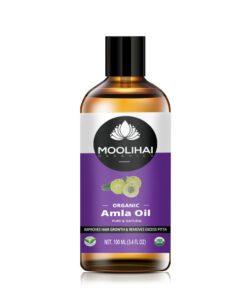

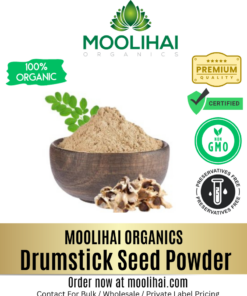

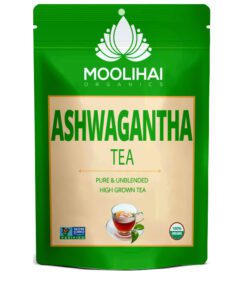
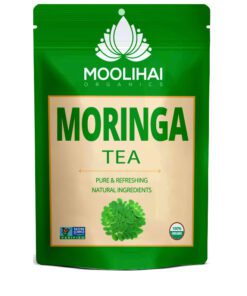
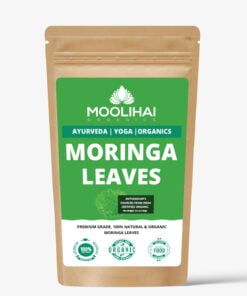

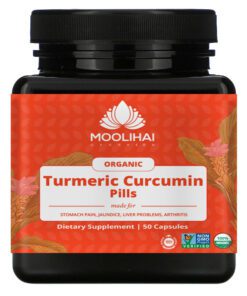
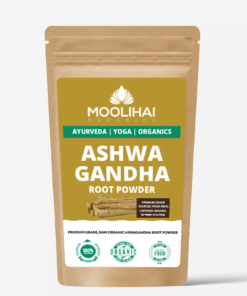

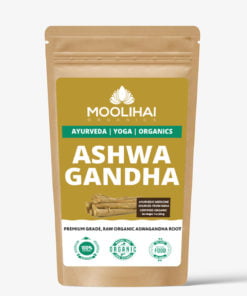

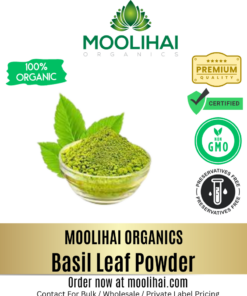



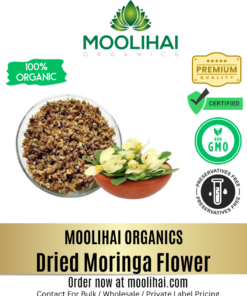

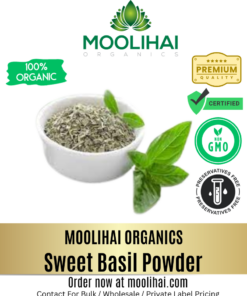

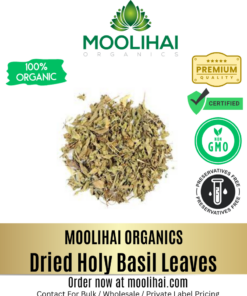

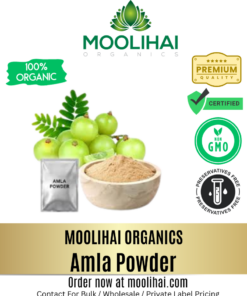

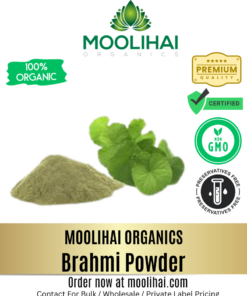


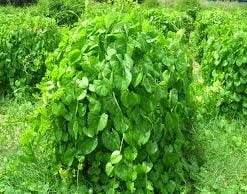
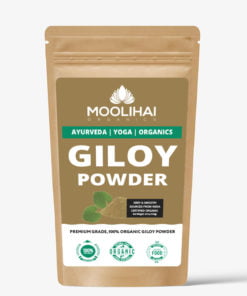

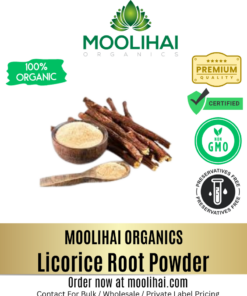

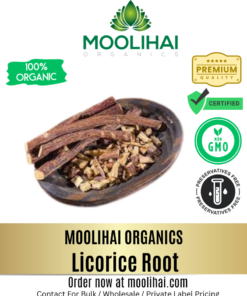





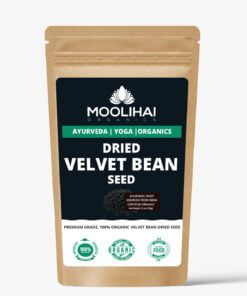

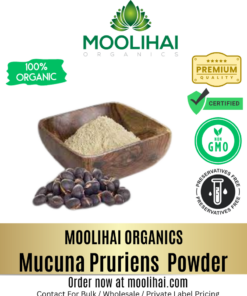




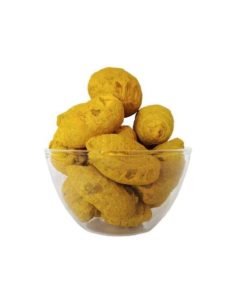
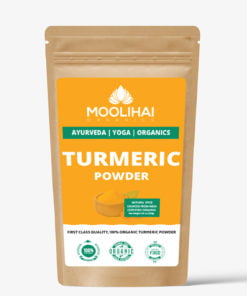

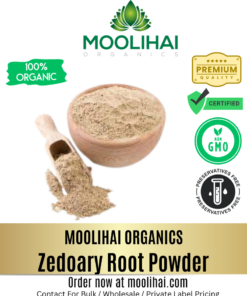


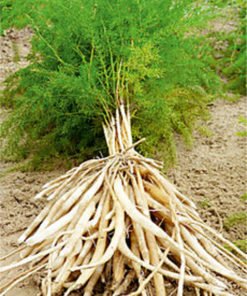






Ponnatharam Stone (Raw) | For Permanent Hair Removal
Vengai Paal | Black Bindi | Dhrishti Pottu | Vengai Pottu for Babies | 100% Natural
Dried Avaram Senna Flower / Cassia Senna Auriculata / Aavaram Poo / Tarwar / Amaltas Leaves / Senna Auriculata / Avaram Poo / Sanay / Alexandrina / Tanner’s Cassia flower
Natural Dried Moringa Flower – Moringa Oleifera – Drumstick Tree Flower – Murungai Poo – Munagaku Flower
Akasa Garudan Kilangu / Redfruit Creeper / Corallocarpus Epigaeus
Original Edible Camphor | Pacha Karpooram | Bhimseni Camphor
Pure Ponnatharam Powder For Hair Removal
Saussurea Obvallata Seeds / Brahmakamal Seeds / Queen of the night / Sacred Saussurea Kon Kapfu / Brahma Kamalam / Nishagandha
Insulin Leaf Powder / Chamaecostus Cuspidatus / Costus Pictus / Spiral Ginger / Insulin Powder / Costus Igneus
Kaunch Beej Powder |Poonaikali | Velvet Bean Powder | Mucuna Pruriens | Kapikacchu | Natural Nervine Tonic & Muscle Builder
Achu Pottu for Babies | Bindi Mould Set | Baby Seratta – 1 Set
Aalam Pazham / Banyan Fruit Powder / Ficus Benghalensis / Marri Palu / Bargad / Dodda Alada Mara / Peraal / Vat Vriksha Powder